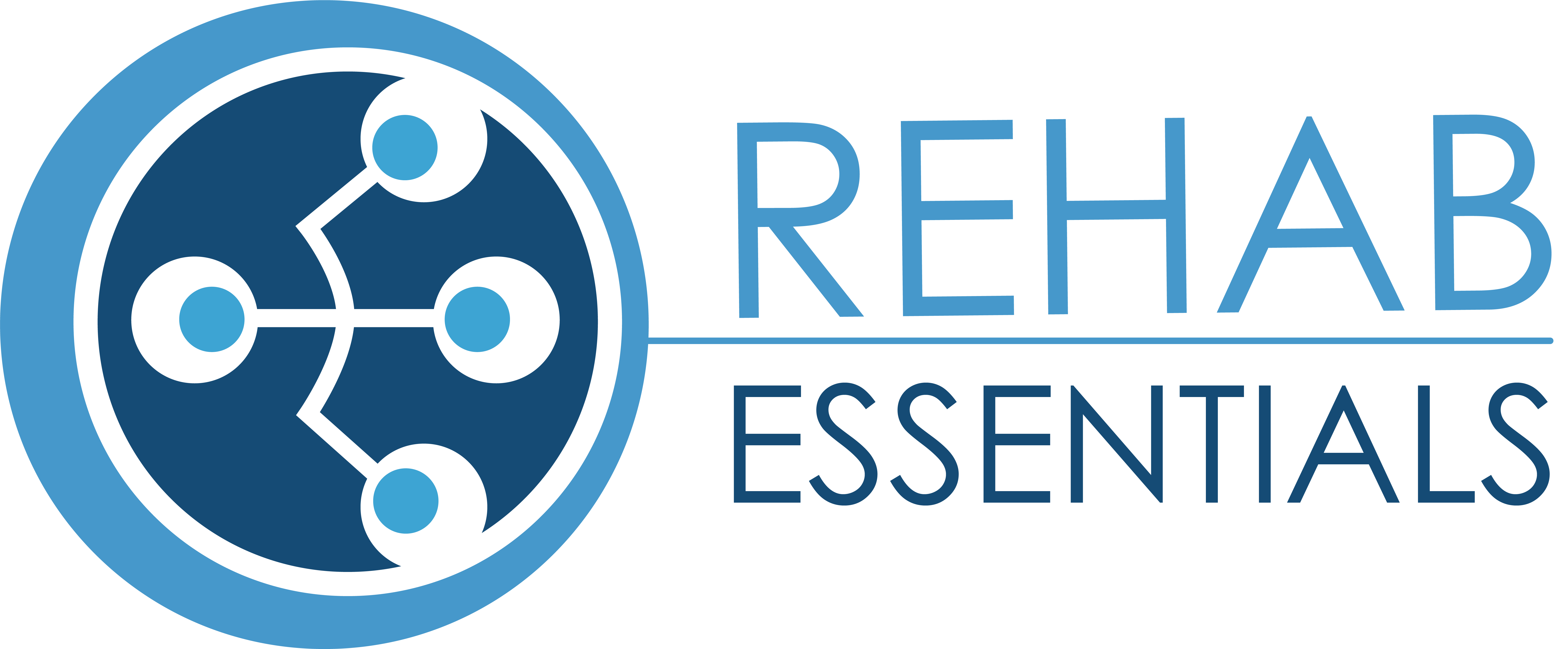| Do not try to replicate your face-to-face lab in the online environment. Where the lab is a one-way teaching event introducing the content. |
Use synchronous time purposefully and sparingly. |
Provide required pre-lab activities for the students to “arrive” to lab prepared with the ability to meaningfully apply and demonstrate the content. Examples of required pre-lab activities:
- Students submit answers to guiding questions about a case.
- Students share a video teaching their peers a skill.
- Students create and submit a clinical decision making chart.
- Students submit a self-reflection on their experience practicing skills (what works well, what is still unclear or difficult).
|
| Use small groups (10-12 students max if possible). |
The lab instructor facilitates application of the content during the synchronous session rather than re-instructing the content
- Student instruction, demonstration of skills with peer and instructor feedback.
- Peer explanation of clinical decisions surrounding a pre-lab case.
- Instructor explanation and facilitation of pre-lab guiding questions of a case, tying in clinical pearls.
|
| Do not re-teach skills that the students have video examples of. |
Use lab time to clarify common errors and/or ‘muddy points’. |
To avoid the lab turning into you re-teaching everything the students have a video example of, before lab have the students submit ‘muddy points’ of skills or areas they need clarification for/having trouble with. Demonstrate/re-teach those skills as needed. |
| Do not have only one video example/resource demonstrating the skill being instructed. |
Have multiple videos and instructional resources for the lab skills (instructor-created, student-created, publisher/outside resource). |
- Create many short video snippets of you performing a skill incorrectly, have the students submit a document where they (1) identify the error(s), and (2) provide details on how to correct the error(s).
- Assign each student 1 skill they must record themselves (and submit to a class-wide discussion forum) demonstrating/instructing others on the skill; Require peer feedback and facilitate this by providing a rubric for students to use to give one another feedback on skill performance.
- To help show there is not only one ‘right’ way to perform a skill - utilize and embrace ‘outside’ videos from publishers, YouTube etc. Design discussions and/or reflections on differences observed and clinical pearls of how skills may need to be adjusted in clinical practice.
|
| Do not wait until face-to-face labs are permissible/safe for the students to practice skills |
Provide the students guidance on how to best learn and practice skills. Break this down into cognitive and psychomotor activities. |
Cognitive practice
- Create study guides breaking down the skills step-by-step
- Practice the skills through visualization
- Practice the skills by verbalizing the steps of the skills and how to properly perform the skills.
Psychomotor practice
- With others (family members, roommates etc.) if possible.
- With stuffed animals (make-shift mannequins).
- On an imaginary friend. Accompany the visualization and verbalization with physically mimicking the skill.
|
| Do not portray that lab activities online are lesser/not as good as face-to-face |
Instill and portray confidence to your class that online is a different environment that has different opportunities. |
- Although not instantaneous, there is more opportunity for feedback
- There is more opportunity for viewing skill demonstration.
- There is more opportunity for problem-solving, clinical reasoning, and practice of the skills (increased repetition and practice).
- More opportunities for peer-teaching/collaboration.
- Provide reassurance that students can safely and adequately learn lab skills even when not meeting face-to-face.
|
| Do not wait until face-to-face labs are permissible/safe to assess skill acquisition. |
Create virtual verbal (clinical) reasoning skill checks and psychomotor skills checks. |
- Provide very clear instructions and expectations via a rubric that will be used for grading.
- Use time-limited ‘break-out rooms’ (i.e. via Zoom) where the student must perform a different task in each room, with a different grader.
- Room 1: Perform _____ skill(s) (with feedback at the end)
- Room 2: Verbal reasoning/clinical decision making (with feedback at the end)
- Following the breakout room assessment - require the students to submit a self-reflection on skill performance, what they did well, what they could have done better, and what they learned.
- For exam security, have the students show you their surroundings via the webcam before starting.
|

